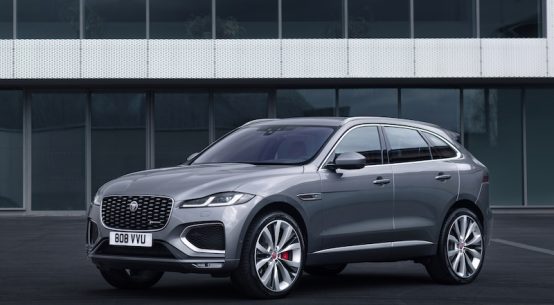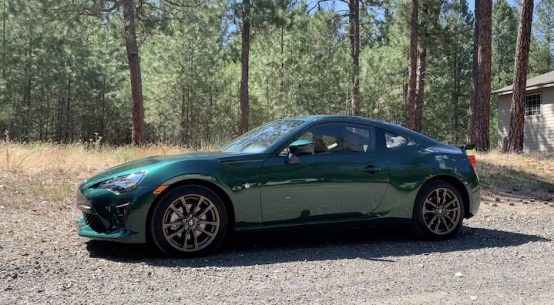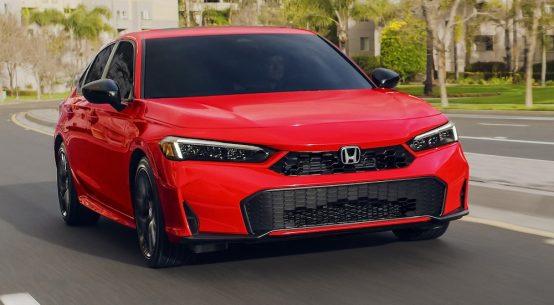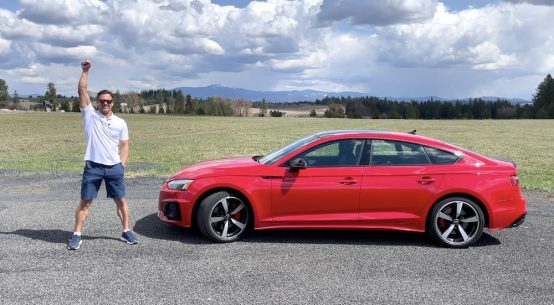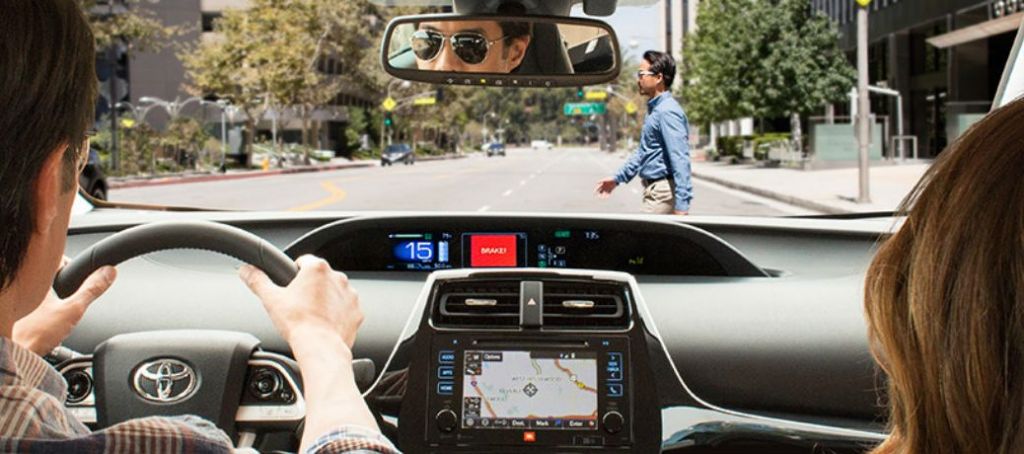
Toyota Safety Sense 2.0 consists of six active safety and driver assistance systems, building on the previous TSS-C and TSS-P suites by adding two new capabilities: road sign assistance and lane centering assistance. They join previously available TSS features including adaptive cruise control, forward collision warning, automatic emergency braking, lane departure warning with lane keeping assistance, and automatic high-beam headlights.
Should the forward collision warning system determine that there is a high possibility of a frontal collision, it warns the driver to take evasive action and to brake with both audible and visual warning. If the driver applies the brakes too gently, the system can automatically provide additional braking force. The system may also automatically apply the brakes if the driver doesn’t respond to the warnings. In low-light situations, the system can sense vehicles and pedestrians, and it can detect bicyclists in normal daylight, providing warnings and then automatically braking if situations warrant.
Adaptive cruise control, which Toyota calls Dynamic Radar Cruise Control (DRCC), enables drivers to automatically maintain a set speed and set interval from the vehicle ahead. If it detects that the preceding vehicle is traveling at a slower speed it will slow the Toyota to maintain the established following distance, and it can do so to a complete stop. If the preceding vehicle speeds up, DRCC will accelerate back to your set speed.
TSS 2.0’s lane departure warning and lane keeping assistance system (Lane Departure Alert, or LDA) features both steering assist and road edge detection. If the system senses the vehicle is starting to unintentionally deviate from its lane, it alerts the driver with an audible and visual warning. The system may also automatically make corrective steering inputs to help the driver keep the vehicle in its lane. Road Edge Detection is designed to sense the edge of the road surface to keep the vehicle on the pavement.
Lane centering assistance (Lane Tracing Assist) works with DRCC to keep the vehicle centered in its marked lane to avoid unintended lane departures. This is not intended for semi-autonomous driving, however, and the driver must continue to hold the steering wheel.
Automatic high-beam assistance helps the driver see better at night while reducing glare for other drivers. Road sign assistance “reads” traffic signs and displays the information on the vehicle’s dashboard display.
Toyota Safety Sense 2.0 is an ingenious suite of related systems that accomplishes a great deal with relatively few components. Virtually all of the sensing is done by a forward-facing single-lens camera and millimeter-wave radar. The in-vehicle camera does things that include detecting oncoming vehicles, determining lane markers and the road’s edges, reading road signs, and sensing the presence of pedestrians and bicyclists. The radar helps detect vehicles, objects, and people in low-light situations and helps determine vehicle speed and the interval between the vehicle and the car that is preceding it.
Because TSS 2.0 is designed as an integrated system, each piece can perform multiple tasks, making its operation quicker and more cost-effective. Beyond camera and radar, the key component is its “electronic brain,” the computer processor that crunches the incoming data to draw conclusions that can help the driver. And it does all this constantly in milliseconds.
With TSS 2.0, Toyota vehicles have one of the most functional and well-integrated driver safety systems in the world. Versus both previous versions of TSS and systems from competitive automakers, Toyota Safety Sense 2.0 represents a clear improvement in smoothness, sophistication, and accuracy.
